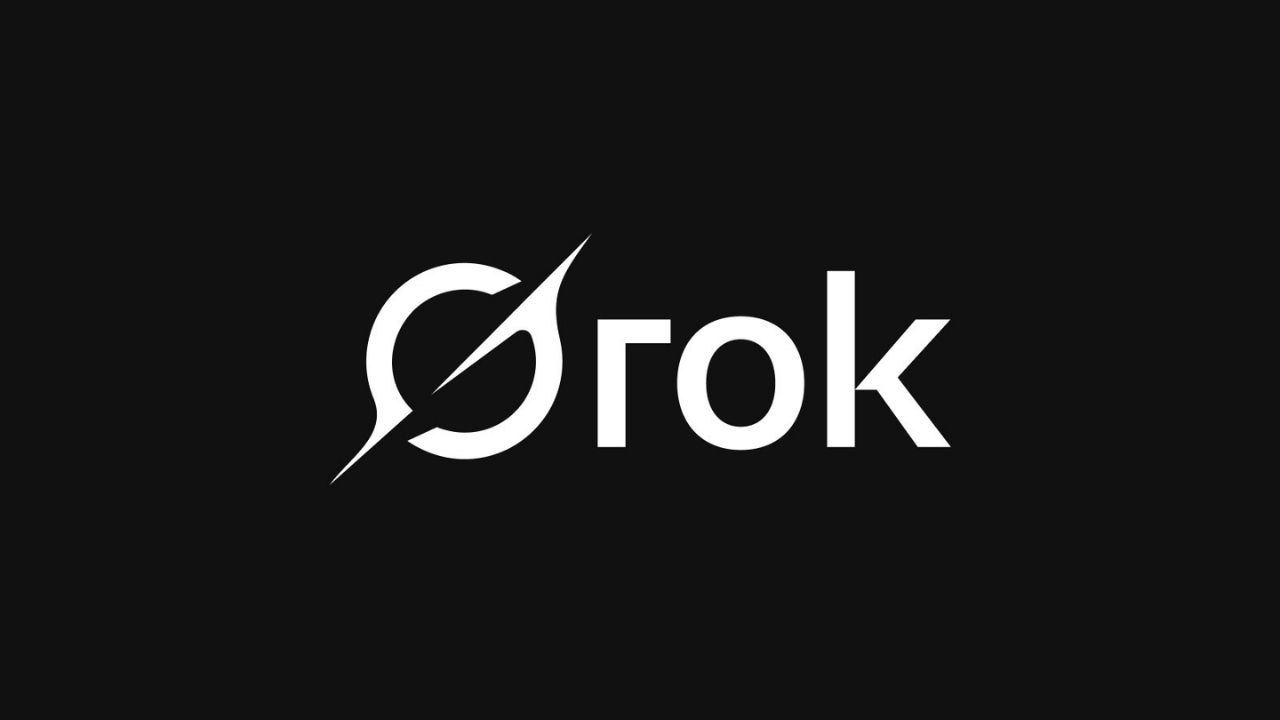The pace of change in today’s software development world is remarkably high. Customer needs, market conditions, and technologies are constantly evolving. At this point, traditional methods often fall short. This is exactly where the Agile software development approach comes into play. Flexibility, fast delivery, continuous feedback, and team collaboration form the core of Agile.
What is Agile?
Agile means agility in software development. This approach, formalized with the publication of the Agile Manifesto in 2001, aims to quickly adapt to changing conditions and deliver valuable products to users in short cycles. Unlike traditional methods that rely on long planning and big deliveries, Agile is based on small but continuous steps. This way, customer expectations are better met, and risks are minimized.
What is the Waterfall Methodology?
To better understand Agile, it is useful to look at the Waterfall methodology, which stands in contrast to it. Waterfall divides the software development process into phases such as analysis, design, development, testing, and maintenance. These steps follow one another sequentially, and no phase can begin until the previous one is completed. While this method provides predictability, it lacks flexibility when requirements change or customer expectations shift. This rigidity is one of the biggest reasons Agile emerged.
What is the Agile Manifesto?
The Agile Manifesto lays the foundation of the Agile philosophy and consists of 4 core values and 12 principles.
The values can be summarized as follows:
- Customer collaboration over contract negotiation
- Working software over comprehensive documentation
- Individuals and interactions over processes and tools
- Responding to change over following a plan
Thanks to this manifesto, software teams adopt a customer-focused, flexible, and collaborative way of working.
The Basics of Scrum
Scrum is the most widely used framework within Agile. It defines three main roles:
- Developers: Build the product
- Product Owner: Defines the vision and manages the backlog
- Scrum Master: Ensures processes are applied correctly within the team
The main Scrum events are Sprint Planning, Daily Scrum, Sprint Review, and Retrospective. At the end of each sprint, the resulting output is called an Increment.
Agile Software Development Process
Agile processes typically progress through short cycles called sprints. At the end of each sprint, a working piece of the product is delivered to the user. This approach ensures continuous validation of customer expectations while reducing risks.
Key stages and responsibilities can be summarized as follows:
Product Vision and Backlog Creation
- Product Owner: Defines business goals and customer needs, prioritizes tasks, and creates the backlog
- Team: Evaluates feasibility and shares technical insights
Sprint Planning
- Product Owner: Defines prioritized backlog items
- Developers: Select tasks to complete during the sprint and plan technical work
- Scrum Master: Facilitates effective planning and ensures team focus
Development and Testing
- Entire Team: Meets daily in short stand-ups to discuss progress, daily plans, and blockers
End of Sprint: Review and Retrospective
- Review: The Product Owner and stakeholders evaluate the delivered increment
- Retrospective: The team reflects on the sprint and identifies improvements
What are Sprint Durations?
In Agile, a sprint is a time-boxed development cycle. Within Scrum, sprint length typically ranges from 1 to 4 weeks.
- Short sprints (1–2 weeks): Provide faster feedback and reduce risks
- Long sprints (3–4 weeks): Allow more comprehensive work but delay feedback
The sprint length is determined by factors such as team experience, project complexity, and customer needs. According to the Scrum Guide, sprint duration must remain consistent to ensure rhythm and predictability.
What is a Story Point?
In Agile, a story point is a unit used to measure the relative effort required to complete a backlog item (user story). Story points are not measured in hours or days but are based on complexity, uncertainty, and workload.
- Low points (1–2): Simple, quick tasks
- Medium points (3–5): Moderately complex tasks
- High points (8+): Tasks requiring more time, research, or collaboration
Teams usually use techniques like Planning Poker to estimate story points collectively.
Kanban and Flow Management (WIP)
Kanban is another Agile approach focused on visualizing work and managing flow. A Kanban board typically has “To Do – In Progress – Done” columns. The key concept here is WIP (Work in Progress), which limits the number of tasks worked on simultaneously. This improves focus, highlights bottlenecks, and increases efficiency.
XP and Engineering Practices
Extreme Programming (XP) is an Agile method focused on engineering practices. Its key practices include:
- Refactoring: Regularly simplifying and improving code
- Continuous Integration: Frequently integrating and testing code
- Test-Driven Development (TDD): Writing tests before code
- Pair Programming: Two developers working together on the same workstation
These practices enhance software quality and adaptability.
Agile Metrics
Agile projects use several metrics to track progress:
- Velocity: Measures team speed
- Burndown Chart: Visualizes remaining work in a sprint
- Lead Time: Time from request to delivery
- Cycle Time: Time from work start to completion
These metrics are meant to improve processes rather than evaluate individual performance.
When to Use Agile? When to Use Hybrid?
Agile is ideal for projects where requirements change frequently and customer feedback is critical (e.g., mobile apps, SaaS projects). However, for large projects with fixed scope and heavy regulations, Agile alone may not suffice. In such cases, hybrid approaches (Agile + traditional) are more effective.
Agile at Enterprise Scale: Challenges and Solutions
While Agile works well for small teams, scaling it across enterprises presents challenges, such as:
- Resistance to change
- Lack of cross-team communication
- Organizational hierarchies conflicting with agility
Frameworks like Scaled Agile Framework (SAFe) can help address these challenges. Additionally, fostering a culture of agility, leadership support, and continuous training are crucial.
Agile for More Flexible and Successful Software Projects
Agile is more than just a trend in software development—it is a lasting driver of transformation. By enabling fast responses to change, increasing customer satisfaction, and improving team efficiency, Agile has become one of today’s most preferred approaches. When applied correctly, Agile can transform not only software development but the entire way organizations work.





